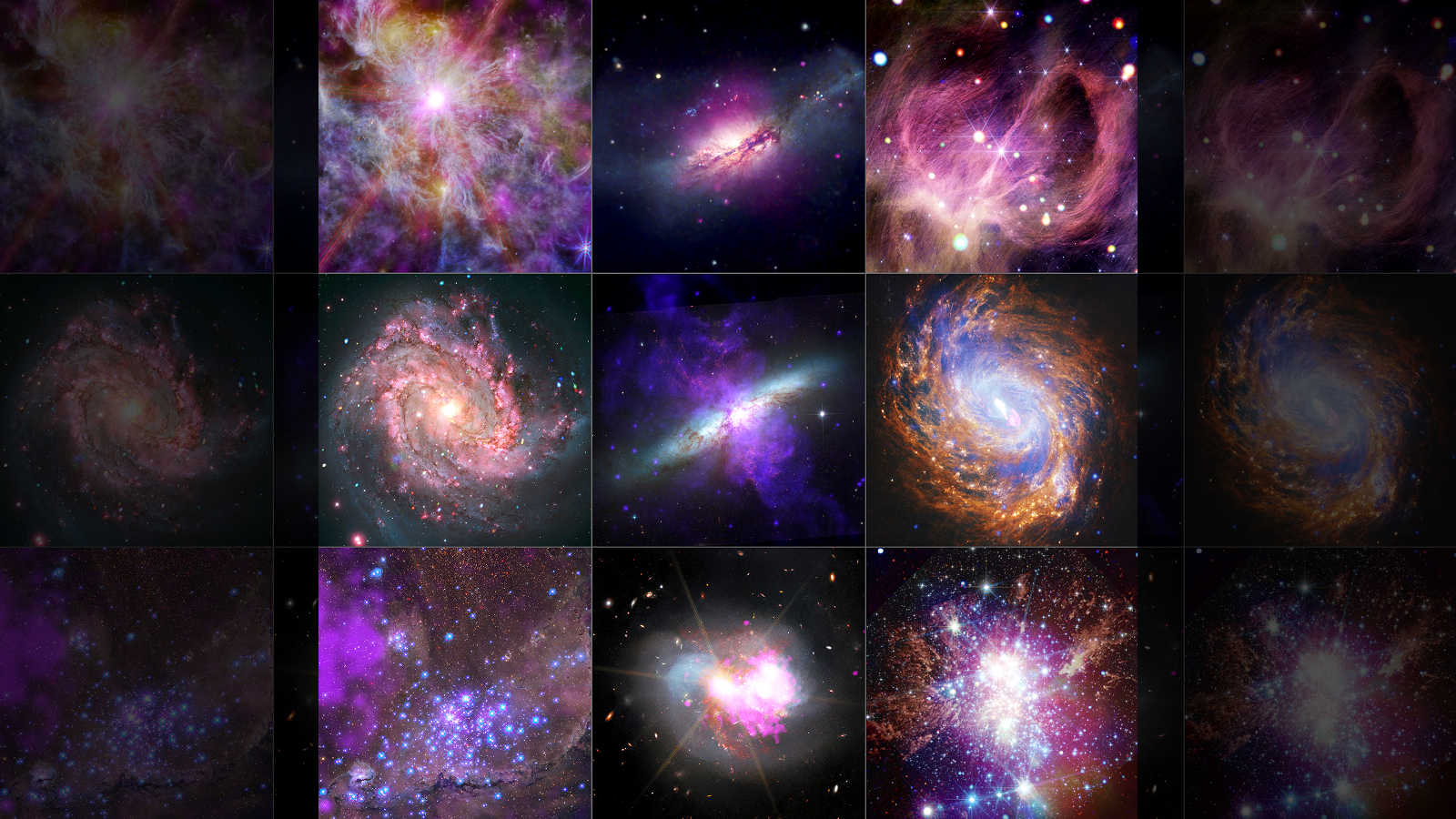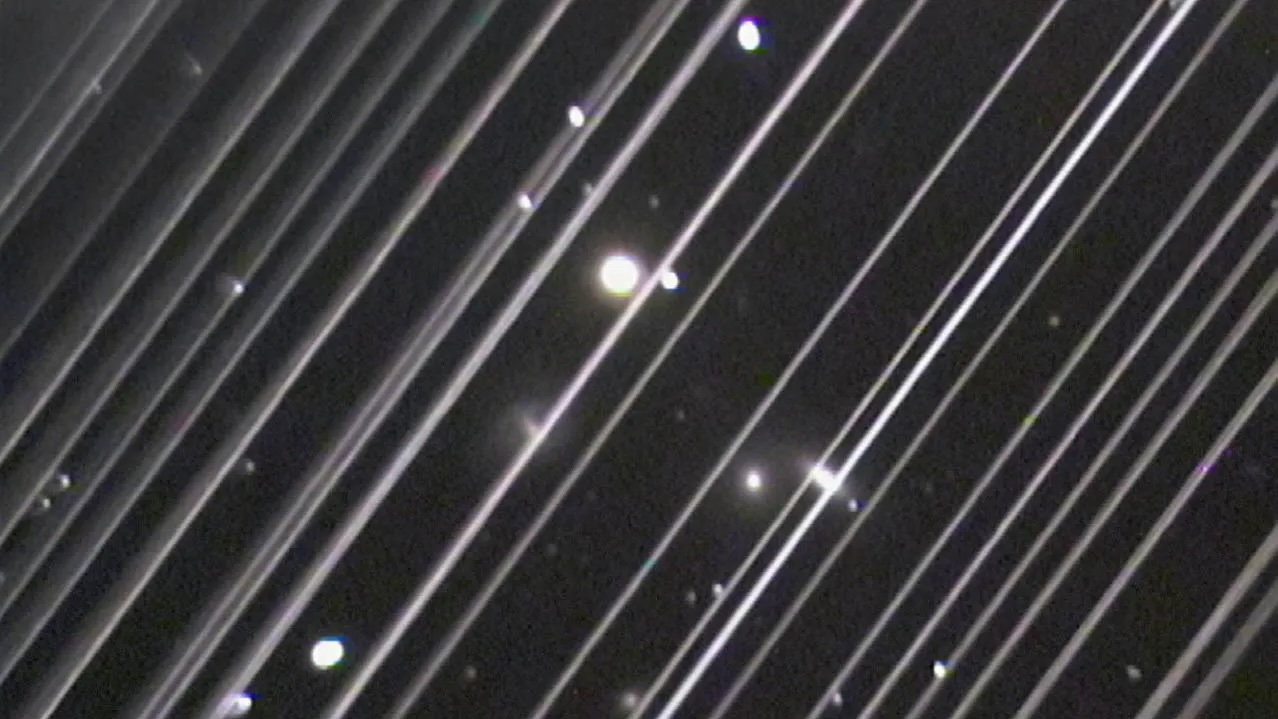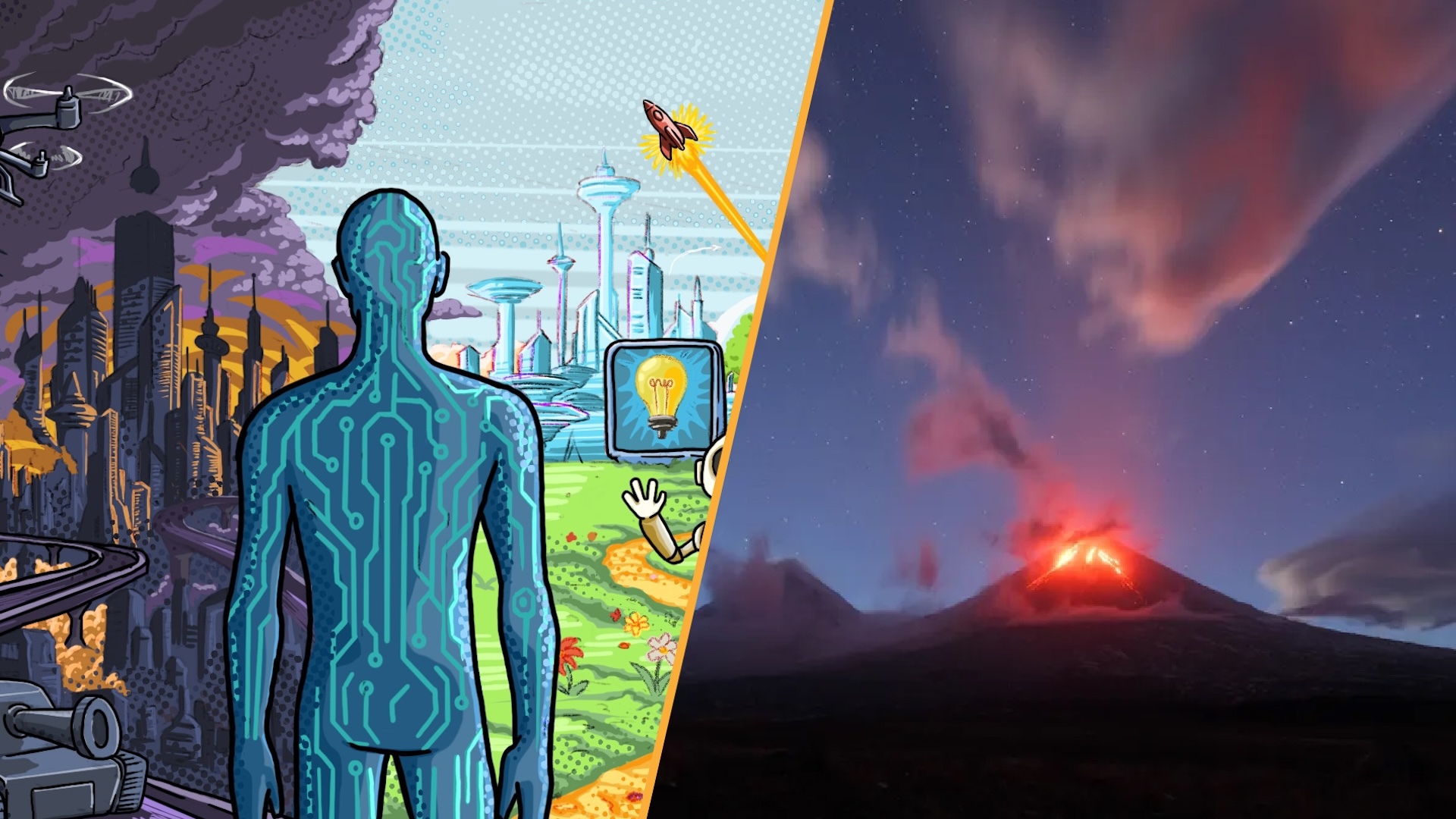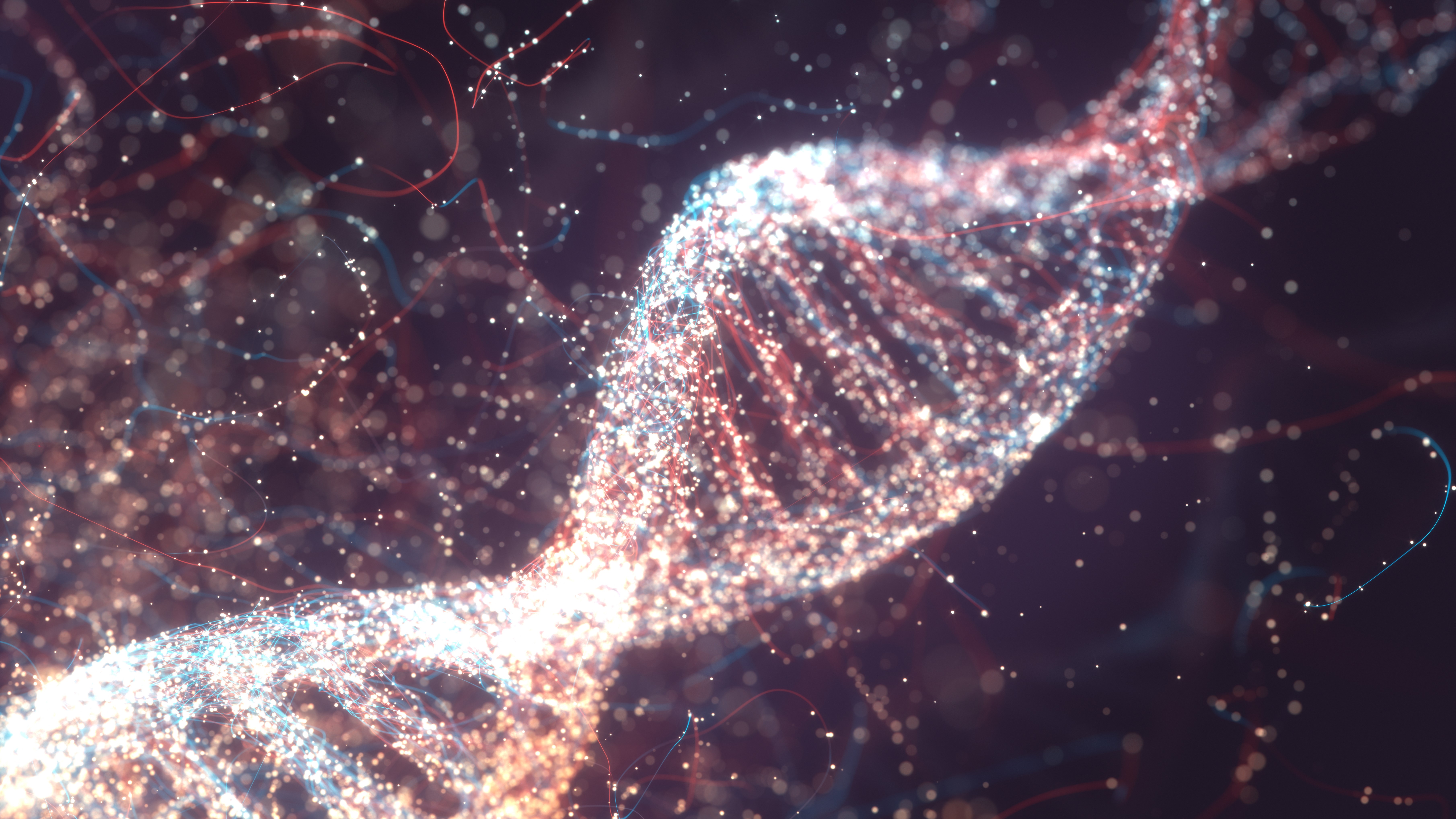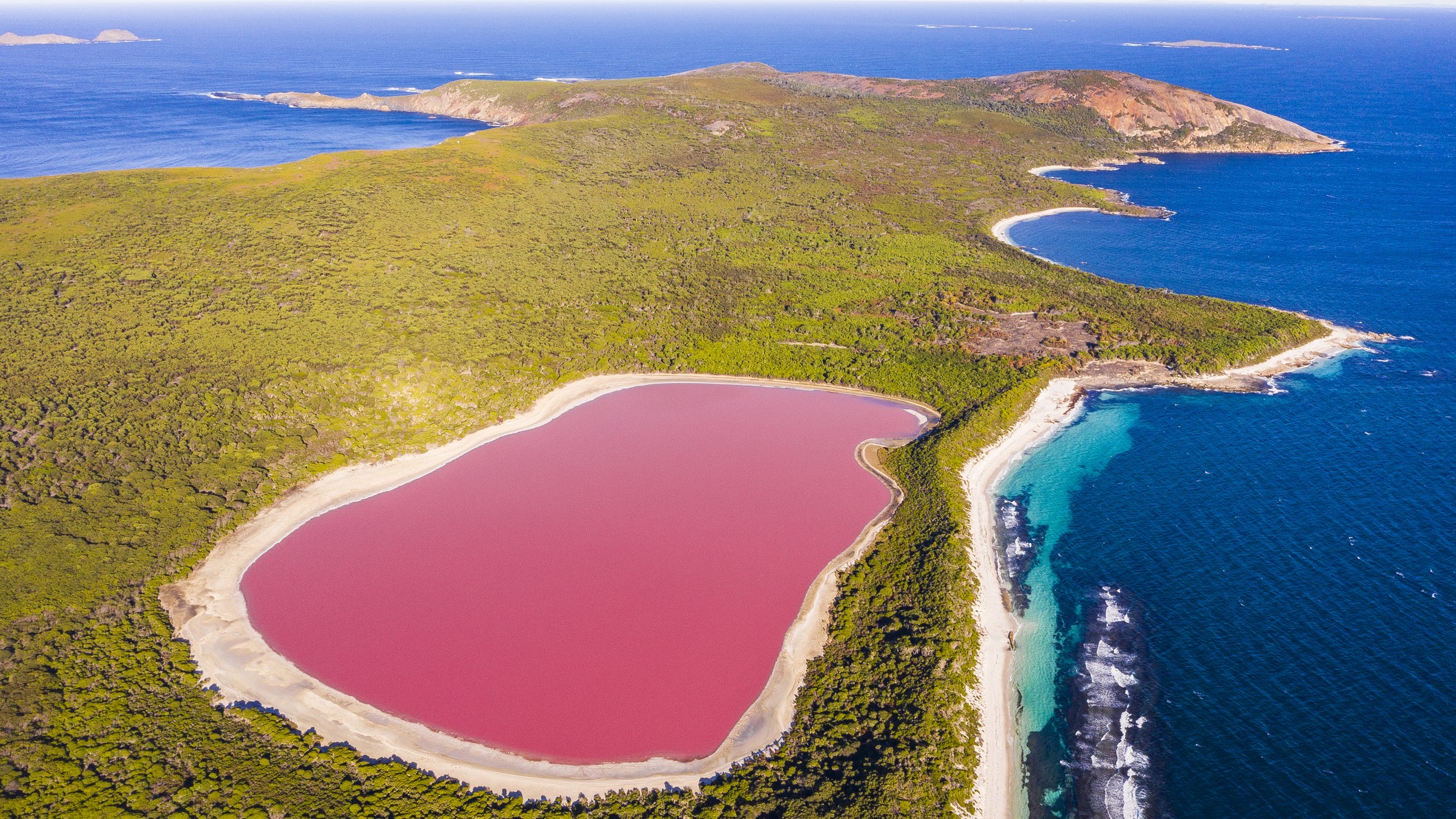QUICK FACTS
What it is: Nine archive images from NASA’s Chandra X-ray telescope
Where it is: Nearby pockets of star formation and distant galaxies with giant black holes
When it was shared: July 23, 2025
This new collection of images from NASA’s Chandra space telescope — which launched in 1999 — shows what different objects in space look like with an added layer of X-ray vision.
While the Hubble Space Telescope images the cosmos in mostly visible light and the James Webb Space Telescope (JWST) relies on infrared light that’s beyond the limits of human vision, Chandra focuses only on high-energy X-ray light.
Each of these space telescopes therefore sees the universe through a different part of the electromagnetic spectrum, and combining these enables researchers to study the cosmos in greater detail.
Chandra’s ability to see in X-ray light means it can detect hot, energetic regions like black holes, supernova remnants and pockets of super-hot gas. In the newly released images, these energetic X-rays are shown in pink and purple hues.
Related: James Webb and Hubble telescopes join forces to explore a cosmic nursery: Space photo of the week
The top row shows N79 (left), a region of star formation in the Large Magellanic Cloud, which is a small satellite neighbor galaxy to the Milky Way. In Chandra’s image, N79 blazes with hot gas shaped by energetic stars. NGC 2146 (middle) is a spiral galaxy bursting with X-ray-emitting phenomena like supernova remnants and winds from giant stars. And IC 348 (right) is another star-forming region that shimmers with reflective interstellar wisps and scattered young stars.
The middle row shows two spiral galaxies: the Milky Way-like M83 (left) and NGC 1068 (right). The latter galaxy’s core is illuminated by high-energy X-rays generated by winds from its black hole, which blow at 1 million mph (1.6 million km/h). Meanwhile, M82 (center) is a starburst galaxy, featuring plumes of superheated gas produced as stars form at an extraordinary rate.
On the bottom row is NGC 346 (left), a young cluster home to thousands of newborn stars scattered among the glowing debris of an exploded star. IC 1623 (center) shows two galaxies merging, which is triggering the formation of new stars that glow in X-ray light. And Westerlund 1 (right), the largest and closest super star cluster to Earth, contains thousands of stars showering the cluster with powerful X-rays.
NASA also released a video exploring the images in more detail and created a page showing separate images of each object from Chandra, Hubble and JWST.





